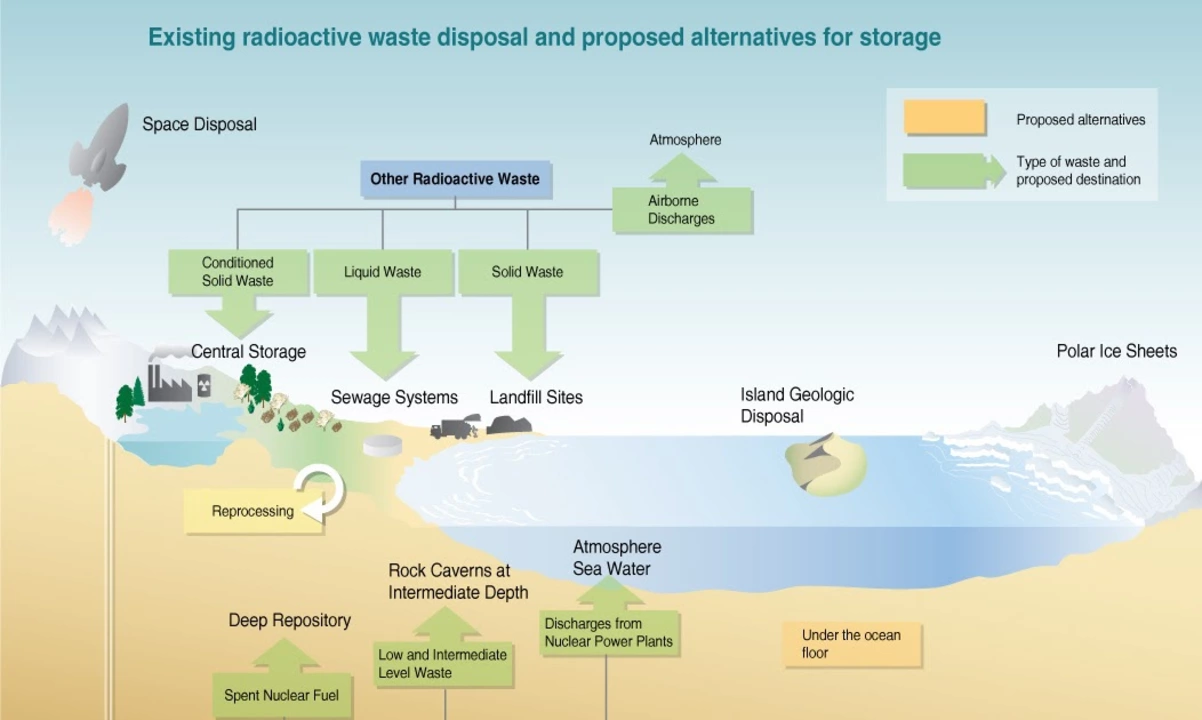Environmental Impact of Pharmaceuticals: A Practical Guide
If you’ve ever wondered why pills end up in rivers or why pharmacy boxes pile up, you’re not alone. The drugs we take, the way they’re made, and the packaging that ships them all leave a footprint on the planet. Below we break down the biggest sources of pharma‑related pollution and give you easy ways to cut down your own impact.
Why Medicines Show Up in Water
When you swallow a tablet, not all of it is absorbed by your body. The leftover chemicals travel through sewage systems and often bypass treatment plants because they’re designed for germs, not tiny drug molecules. Studies have found traces of antidepressants, antibiotics, and hormones in lakes, drinking water, and even marine life. These residues can mess with fish reproduction or fuel antibiotic‑resistant bacteria.
One simple habit helps: only flush meds when the pharmacy says it’s safe. Many local pharmacies offer take‑back bins for unused prescriptions. If a drug is still usable, donate it to a reputable program instead of tossing it in the trash.
Packaging Waste and Production Emissions
Every prescription comes wrapped in plastic blister packs, cardboard boxes, or bottles. Manufacturing those containers uses fossil fuels and adds to landfill mass. Some big pharma companies are moving toward recyclable or biodegradable packaging, but many still rely on single‑use plastics.
You can push for greener options by asking your pharmacist if a medication is available in a bulk bottle or paper strip instead of a blister pack. When you pick up a refill, request that the pharmacy keep the old container for recycling rather than throwing it away.
Beyond packaging, the production process itself releases carbon dioxide and hazardous waste. Companies with “green chemistry” certifications aim to cut energy use and replace harmful solvents with safer alternatives. While you can’t control how a drug is made, supporting brands that publish their sustainability reports puts pressure on the whole industry to improve.
Here are three quick actions you can take today:
- Use pharmacy take‑back programs for unused meds – it’s the safest way to keep drugs out of waterways.
- Ask for eco‑friendly packaging when refilling prescriptions; many pharmacies will accommodate if you request it.
- Choose brands that disclose environmental policies, and share your preference on social media or with your doctor.
Small changes add up. By being aware of how medicines travel from factory to faucet, you can make choices that protect both your health and the planet’s future.
As a concerned individual, I've recently been looking into the environmental impact of clomipramine production and disposal. Clomipramine, an antidepressant drug, has been found to contaminate water sources due to improper disposal, which may lead to negative effects on aquatic life. Additionally, the manufacturing process of this drug involves the use of hazardous chemicals, leading to potential air and water pollution. As a society, we need to push for better waste management practices and greener production methods to reduce the environmental impact of clomipramine and other pharmaceuticals. In the meantime, I urge everyone to dispose of their medications responsibly, following local guidelines, to help protect our environment.


 Medications
Medications